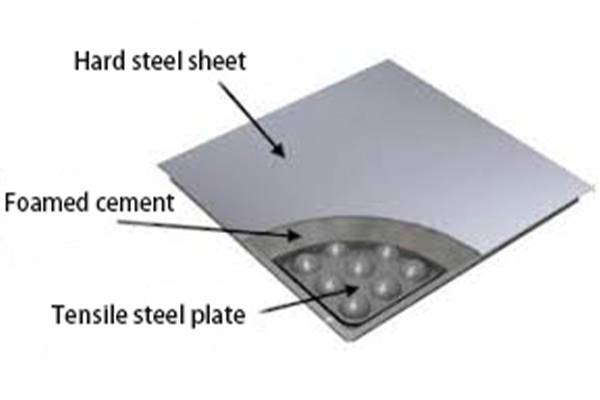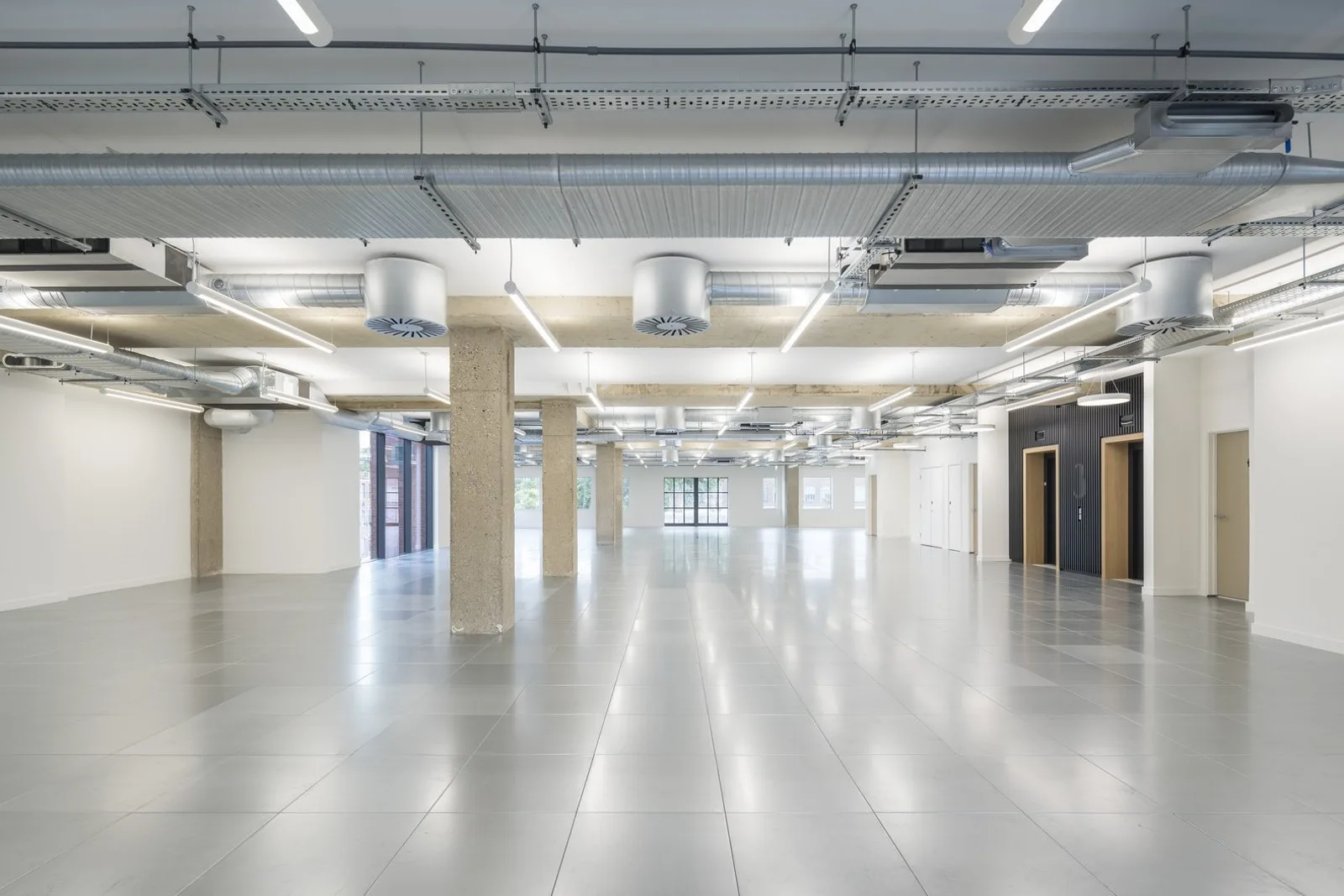
Generally speaking, raised floor includes steel cement raised floor, calcium sulphate raised floor, wood core raised floor, and aluminum raised floor. Among these raised access floors, the most common type is the steel cement raised floor. The steel cement raised floor is formed by spot welding of upper and bottom steel plates, and the empty middle shell fills with foamed cement. This raised floor is solid and durable, with good fire resistance and bearing performance.
1. High mechanical strength
The bottom surface of the steel raised floor is a deep tensile steel plate, the panel is a hard SPCC steel plate, and the middle is foamed cement, and these sectors make the steel cement raised floor high heavy. A more considerable weight usually means higher strength and damping. When heavy equipment is rolled on the floor or placed heavy objects overloaded, the steel cement raised floor can bear the pressure well and will not cause the floor to break and damage because of the too high load. 2. Strong bearing capacity of steel cement raised floor
2. Strong bearing capacity of steel cement raised floor
When the foamed cement is filled in the steel raised floor, it can disperse and bear the pressure from the panel directly to make the raised floor bear uniform stress and increase the loading capacity of the floor.
3. Cost saving of steel cement raised floor
If raised floors are all made of steel, although it can further improve the toughness and loading capacity of the floor, the production cost will increase considerably. The corresponding operation cost will also increase significantly. Therefore, filling foamed cement can ensure a specific loading capacity of the raised floor and save cost during production and operation.

Filling foamed cement into the raised floor is the most common and cost-effective method. It still has some disadvantages, such as being heavyweight and difficult to recycle. The weight of a steel cement raised floor is 13 to 15 kg. Compared with other raised floors, its weight is biased, which disadvantages complex handling to the floor. On the other hand, cement is water-solid; it will change chemically and solidify when encountering water and will not return to its original state. Although we can recycle the cement in theory, the cost of recycling is enormous. Moreover, because the cement fills between the upper and bottom steel plates of the raised floor, the adhesive is firmly stuck to the steel plate, so the steel plate is also challenging to be recyclable.
Overall, the steel cement-raised floor is an excellent product that can meet the market demand well, and it will still be popular in the future.




